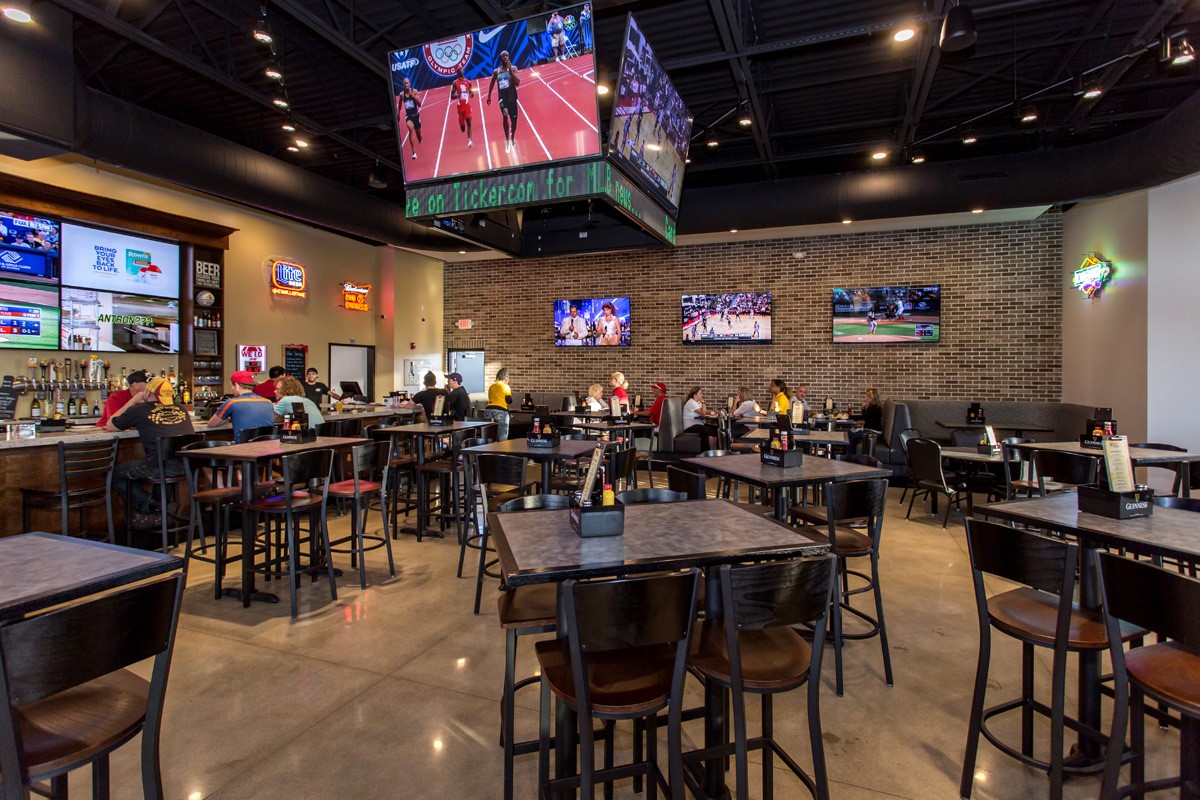Harmonizing Legacy Platforms with Cutting-Edge Sound Networking Solutions to achieve Enhanced Efficiency and Adaptability.
Harmonizing Legacy Platforms with Cutting-Edge Sound Networking Solutions to achieve Enhanced Efficiency and Adaptability.
Blog Article
Within today's rapidly evolving world of audio technology, the need to improve performance and flexibility in audio solutions is more crucial than ever before. Many organizations and venues still depend on outdated technologies, which are antiquated technologies that may not have the capabilities of contemporary equipment. However, harmonizing these outdated technologies with cutting-edge audio communication solutions can lead to substantial improvements. Audio networking enables for better interconnectivity between equipment, making it easier to manage and operate sound across different spaces.
One of the primary benefits of combining legacy technologies with modern sound communication is increased adaptability. Traditional sound systems often involve complicated wiring and restricted pathway options. With sound networking technologies like Dante or AVB, sound signals can be transmitted over standard Ethernet connections. This means that operators can readily connect various devices without the need for extensive rewiring. Regardless within a concert venue, a school auditorium, or a business event, this flexibility enables for quick modifications and changes to the sound configuration without major downtime.
Quality is a further major element that enhances when older systems are modernized with current networking solutions. Legacy systems may have difficulty to provide high-quality sound, particularly in larger venues or in complex events. By adopting sound networking, entities can leverage of sophisticated features such as minimal delay, synchronization, and digital data management. These improvements assist guarantee that sound is clear and consistent, enhancing the overall quality for listeners and performers together. This shift can make a noticeable impact in the way sound is perceived in various settings.
Moreover, integrating legacy systems with contemporary solutions can lead to cost savings in the extended term. While upgrading to novel devices may require an initial cost, the effectiveness gained through sound networking can reduce upkeep expenses and decrease the need for ongoing fixes. Furthermore, connected systems often require fewer tangible room than conventional installations, which can save on real estate costs in venues. Entities can distribute resources more effectively, utilizing the savings they save to allocate resources in other important areas.
Finally, educating personnel on the method to use integrated technologies becomes easier with audio networking. Numerous modern audio communication systems come with user-friendly news interfaces and distant control capabilities. This means that even those who may not significant technological knowledge can be trained to operate and operate the audio solutions effectively. Training initiatives can be developed around these solutions, empowering staff to maintain and troubleshoot systems with assurance. By blending the old with the modern, entities can create a more capable and skilled team, ultimately leading to improved sound experiences for all involved.